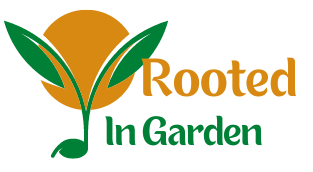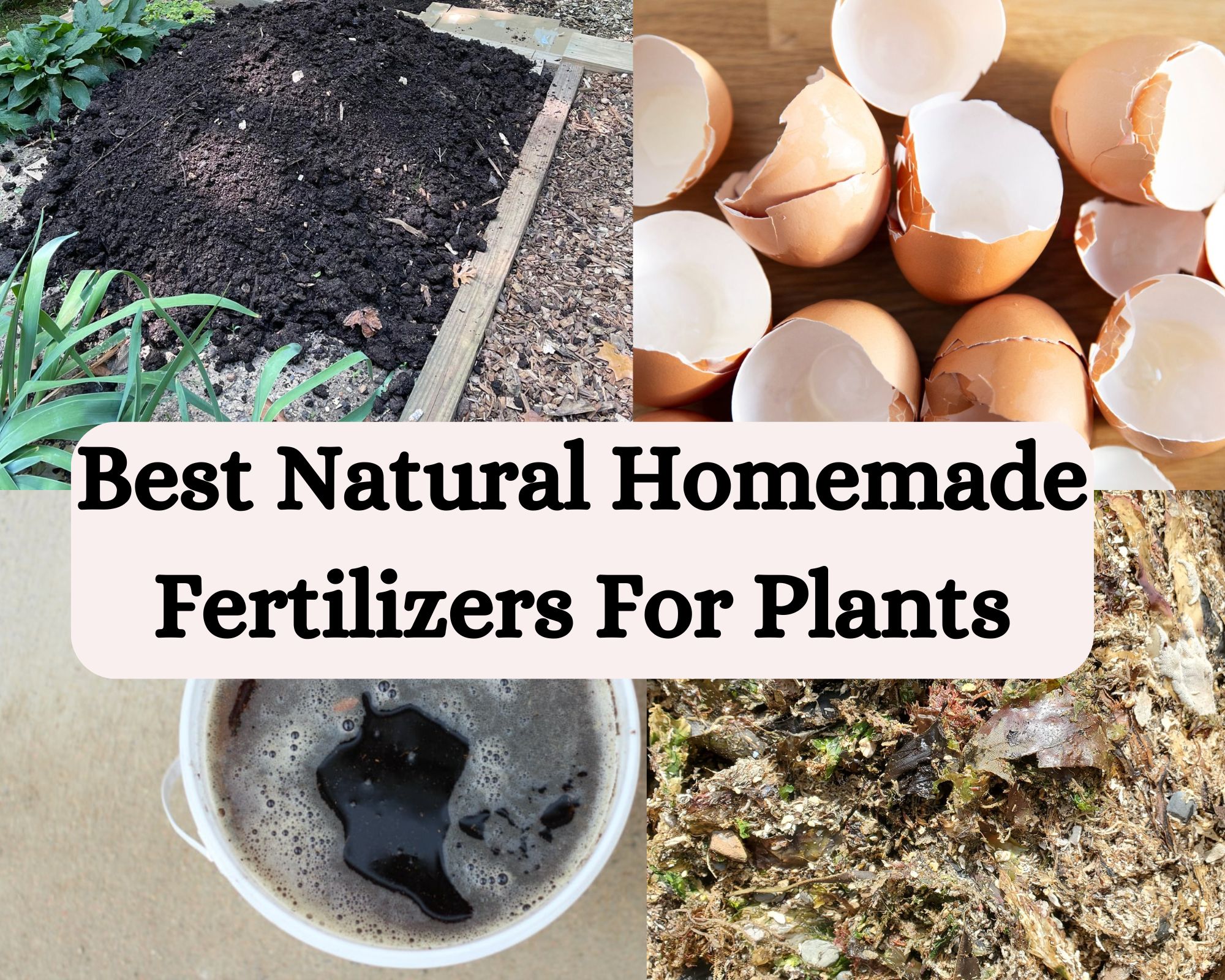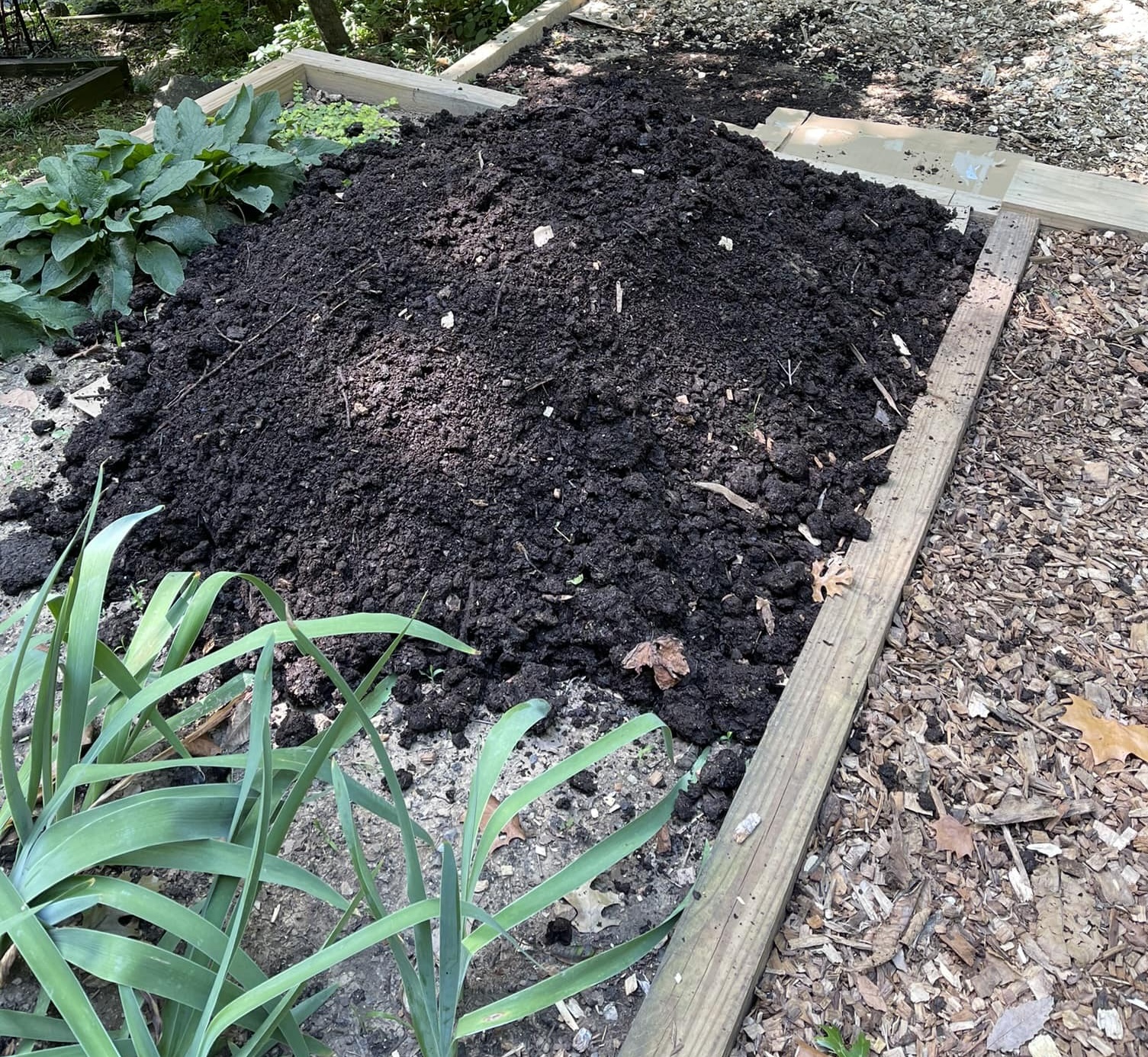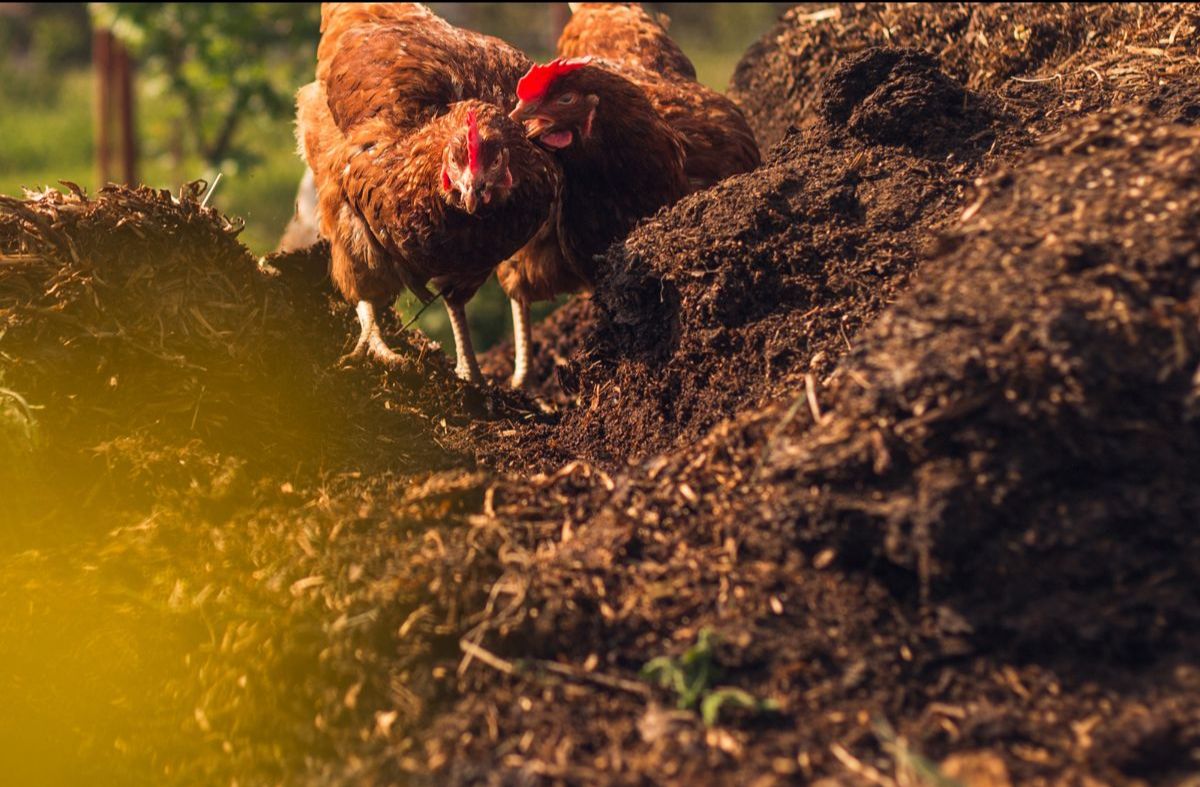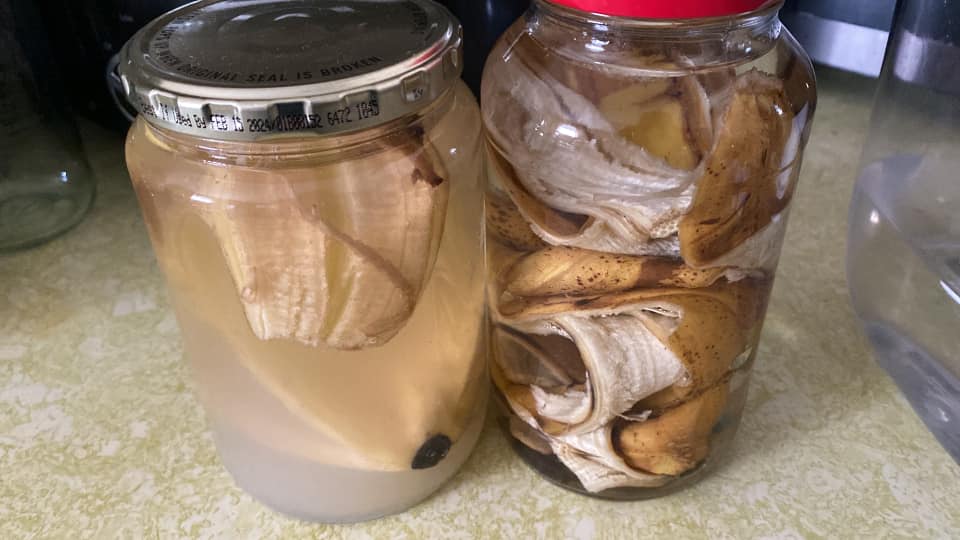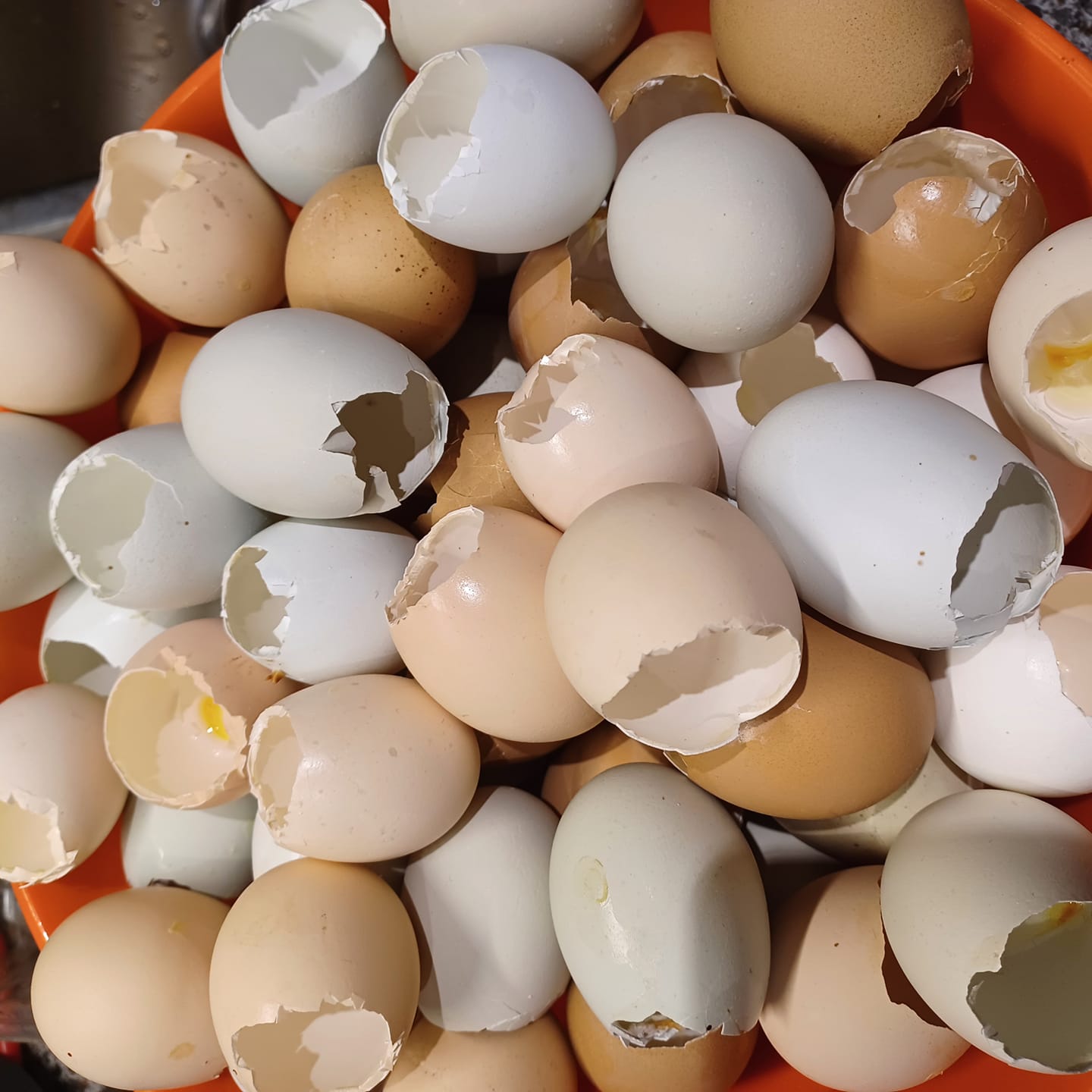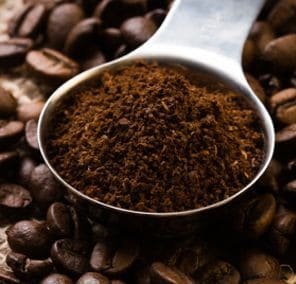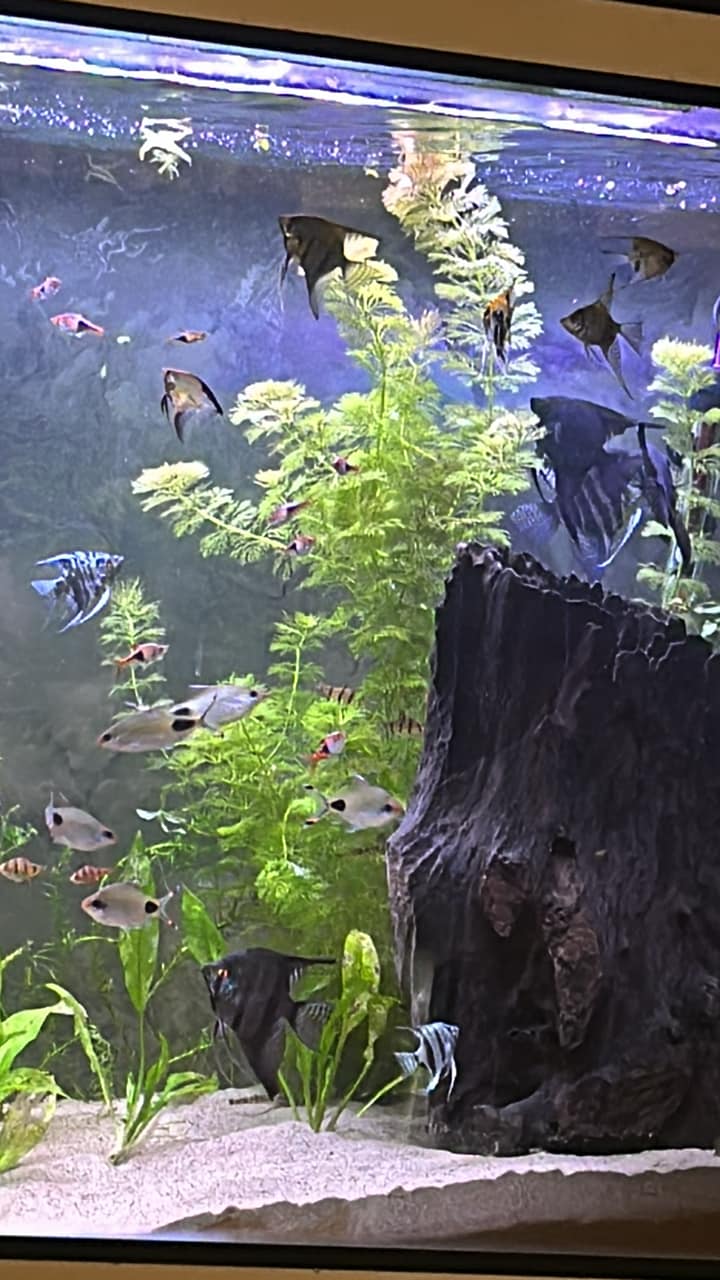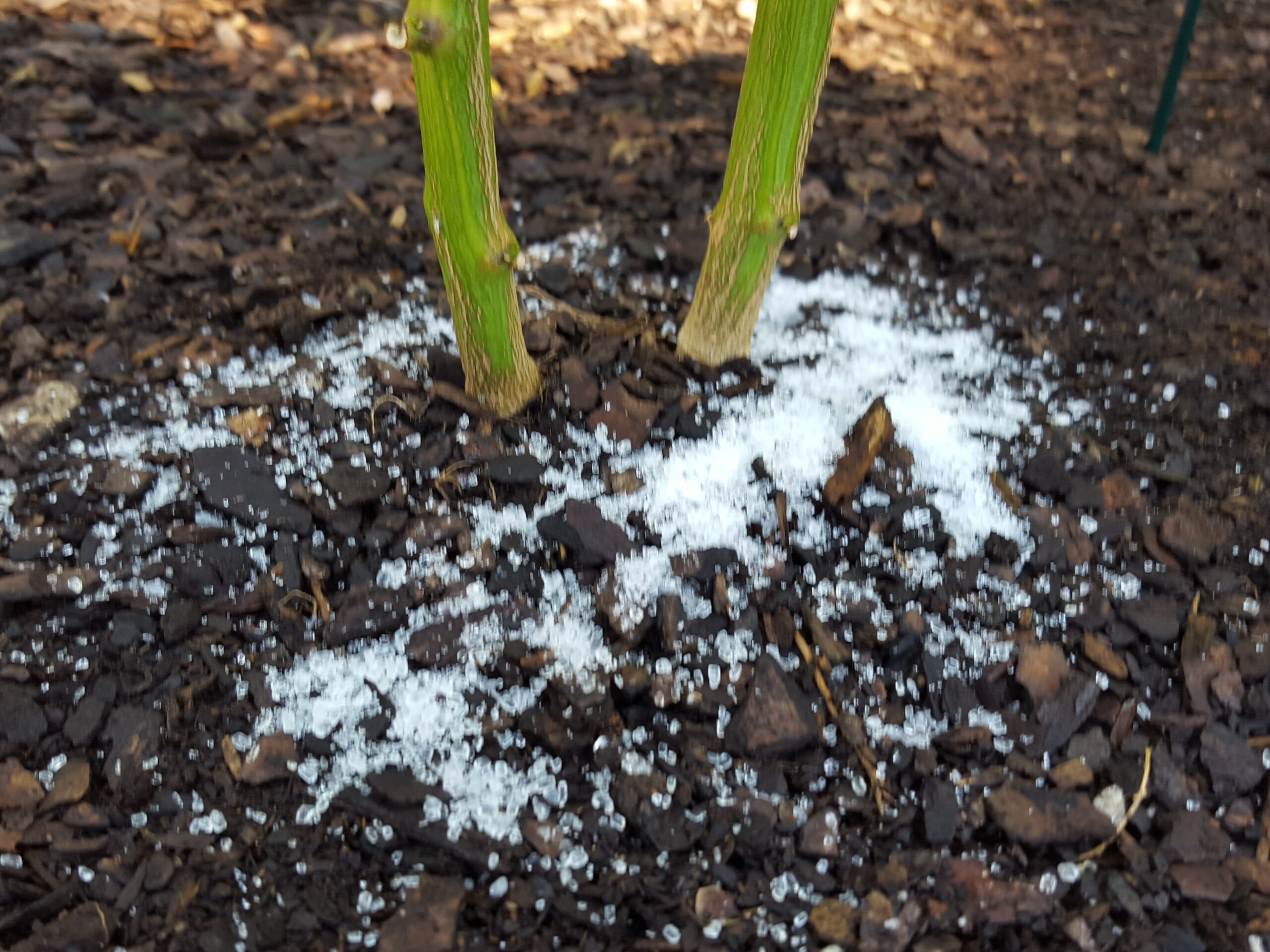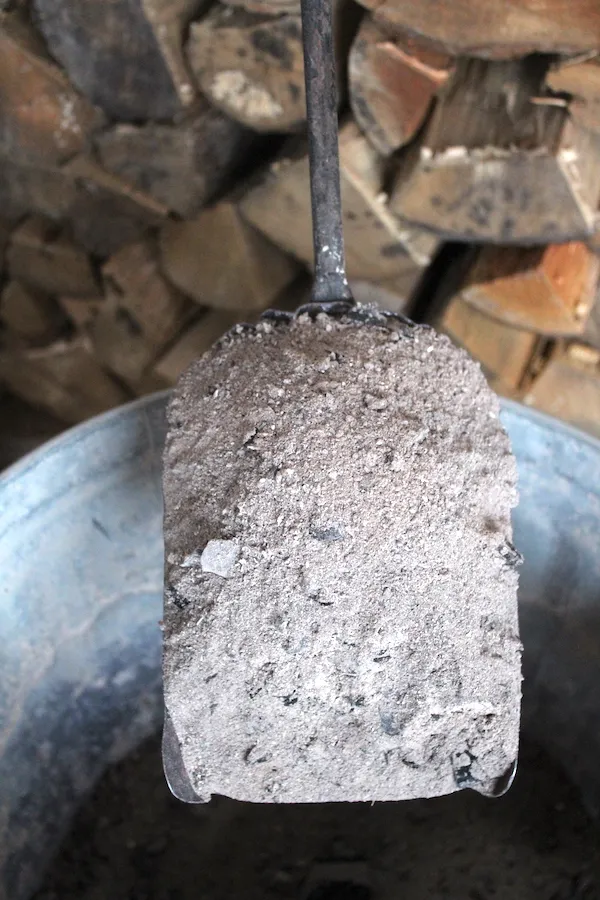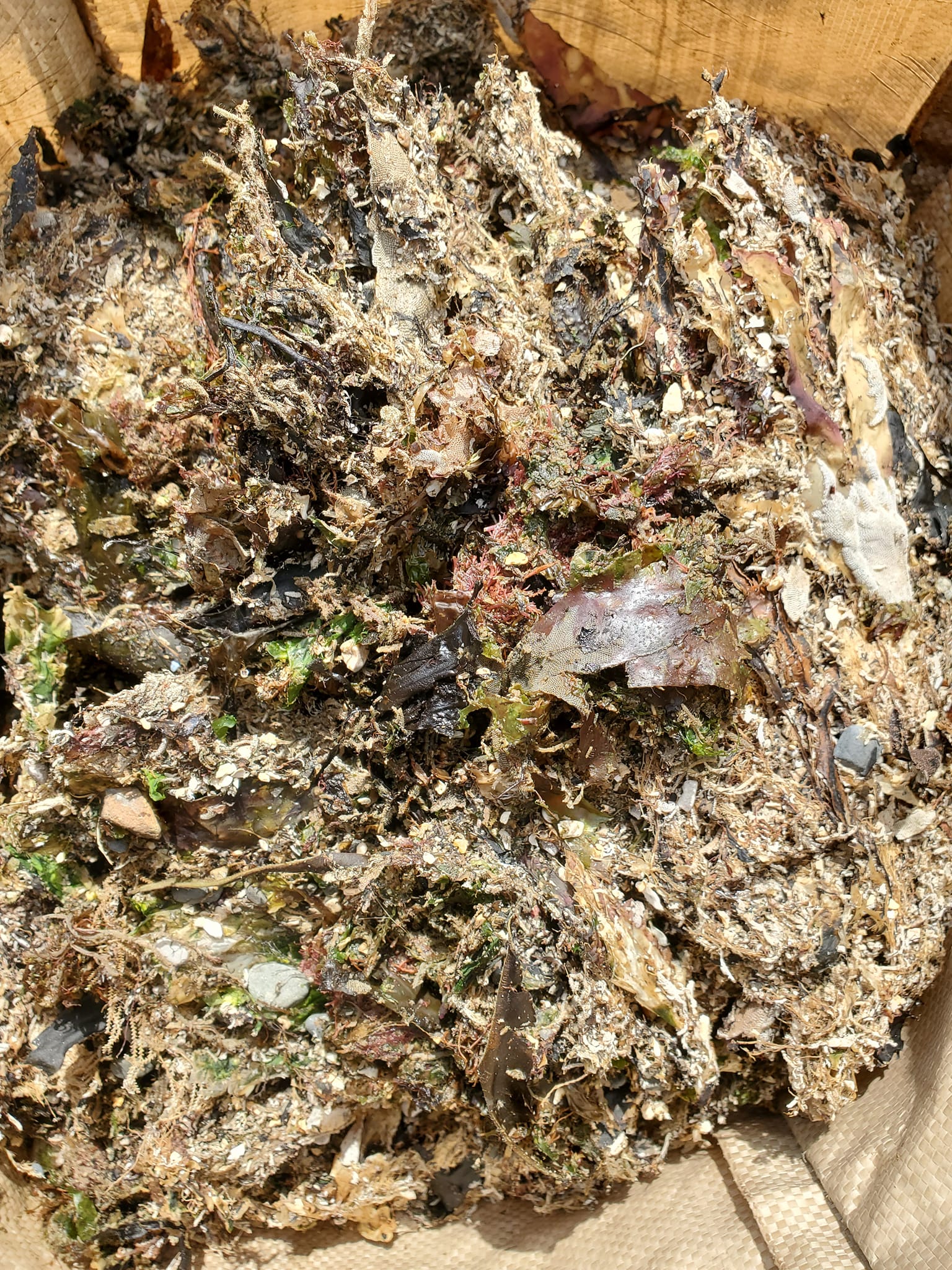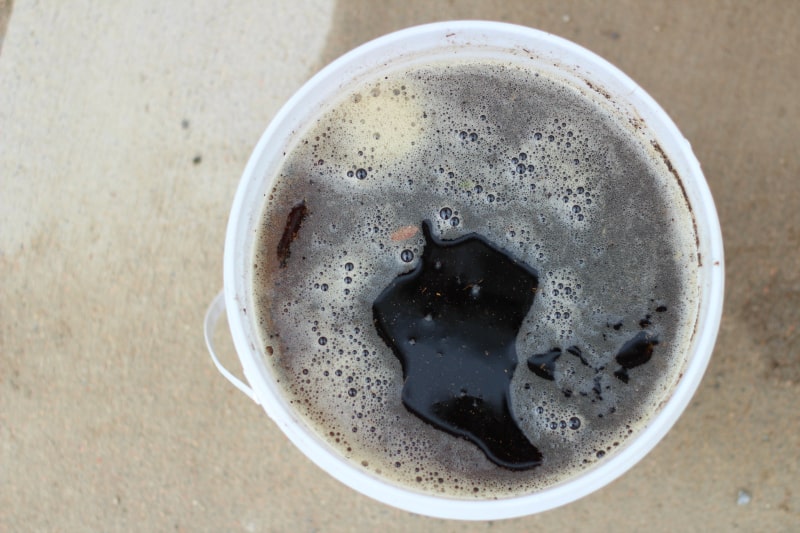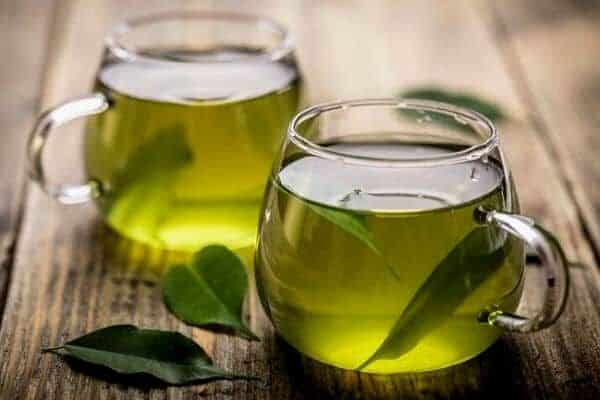Like us, plants need nutrients to grow, thrive, and defend themselves from pests and diseases. Store-bought fertilizers offer convenience, variety, quick results, and consistency. However, before rushing to a garden center, there’s another option — natural homemade fertilizers.
Have you ever thought of making natural plant fertilizers at home? It is easy, and the ingredients are readily available, ranging from kitchen scraps and animal by-products to garbage waste.
Natural homemade fertilizers are an eco-friendly, nourishing, and sustainable alternative. Plus, it’ll save you money.
With that said, let’s dive into the best natural homemade fertilizers for plants.
11 Best Natural Homemade Fertilizers For Plants
1. Organic Compost
Compost is like your garden’s gourmet meal, packed with every nutrient plants require. It provides a slow-release supply of nutrients like nitrogen, phosphorus, and potassium. Compost is also teeming with beneficial microorganisms that aid organic matter break down, releasing more nutrients.
Moreover, compost attracts earthworms, nature’s tillers. These little creatures aerate the soil as they tunnel through it, creating pathways for roots to grow and water and air to penetrate the soil.
How to Make Compost
- Get a compost bin or choose a section in your yard for composting.
- Add a balanced green and brown material mixture. Greens include grass clippings and vegetable scraps, while browns include straw and leaves.
- Keep the compost moist.
- Turn your compost often to accelerate decomposition and aerate it.
- After a few months, the compost will break down into a dark, crumbly material that you can mix into the soil.
Read More:
2. Animal Manure
The history of animal manure as fertilizer is as old as farming. As our ancestors domesticated animals like goats, sheep, and cattle, they noticed that crops grew better in soils enriched with the waste from these animals.
Like compost, animal manure contains essential nutrients and attracts earthworms. Manure will also improve soil texture and aeration and keep your plant roots cool in the summer and warm in the winter, creating a more stable environment for plant growth.
How to Use Manure
- Collect manure from your farm or even ask your neighbors, and leave it for six months to a year to age.
- Once aged, mix the manure into the soil around your plants.
Note
Avoid using fresh manure because it is too strong and could burn your plants. Composting it first helps mellow its potency and reduce pathogens.
3. Banana Peels
Bananas are famously brimming with potassium that helps plants grow stronger and develop disease resistance. So, if you don’t compost banana peels already, save them and use them to fertilize plants that need high potassium levels.
Magnesium, phosphorus, and calcium are also in banana peels.
How To Fertilize Plants With Banana Peels
Besides adding to your compost, below are other ways to use banana peels as plant fertilizer.
a) Direct Burying
Chop the peels into tiny pieces, then bury them around your plants. The peels will decompose slowly, releasing nutrients directly to the roots.
b) Banana Peel Tea
Make a rich banana peel tea by steeping the peels in water for some days. Then, use this liquid to water your plants, giving them a quick boost of nutrients.
c) Dry and Grind
Grind dry banana peels into a powder. After that, sprinkle the powder around your plants or mix it into your garden soil for a slow-release fertilizer.
4. Eggshells
Eggshells will give your tomatoes, peppers, and eggplants the calcium required to prevent blossom end rot. Calcium also strengthens cell walls and promotes robust growth. Besides calcium, eggshells also have zinc, phosphorus, and nitrogen.
In addition, eggshells can help neutralize acidic soils by raising the pH level.
How to Use Eggshells
You must break down the eggshells beforehand as they will take years to decompose if you simply toss uncrushed eggshells into your garden. Therefore, crush dry, clean eggshells into small pieces and then scatter them around your plants or combine them with the soil.
5. Coffee Grounds
Your acid-loving plants like magnolias, blueberries, strawberries, potatoes, cucumbers, hostas, and rosemary will love coffee grounds. Also, coffee grounds can help make heavy clay soils more porous, and sandy soils retain water and nutrients better.
Moreover, coffee grounds are a good nitrogen source (It is vital for leaf growth and overall plant health).
How to Use Coffee Grounds:
- Collect used coffee grounds and lightly sprinkle them around your plants, or mix them with the soil every couple of months.
- If you have pets, make coffee ground spray instead to keep them from sampling the coffee grounds. Mix 3 parts water with 1 part coffee grounds and lightly spray your garden soil every few weeks.
Read More: Plants That Like Coffee Grounds
6. Fish Tank Water
Do you have an aquarium at home? It could be an excellent source of fertilizer for your plants, but how, you ask? When cleaning your aquarium, repurpose the old water. Fish waste, decaying plants, and uneaten food inside the water are full of nutrients valuable to plants.
Fish water contains dissolved nutrients your plants will readily absorb through their roots. What if I do not have an aquarium, you wonder? Perhaps it’s time to get one or even ask a friend or neighbor to spare some fish tank water for you.
How To Use Fish Tank Water
Simply water your plants with fish tank water that hasn’t been treated with chemicals or medications. You can use it on seedlings or newly transplanted plants to help them establish strong roots and support healthy growth.
7. Epsom Salt
Boost your plants’ magnesium content by spraying them with Epsom salts. Regular application also boosts plant growth, increases fruit and flower production, and improves your plants’ overall vigor.
Your plant leaves will turn pale, have reduced growth, and have poor fruit development if they don’t get enough magnesium. This nutrient helps form chlorophyll, which gives plants a green color and is essential for healthy growth.
Sulfur, the other Epsom salt component, aids in absorbing other essential nutrients like nitrogen, phosphorus, and potassium. Epsom salt is an excellent fertilizer for tomatoes, pansies, peppers, evergreens, azaleas, roses, and rhododendrons. It helps prevent blossom end rot and improve fruit development in tomatoes and peppers.
It also encourages root growth in potatoes and carrots.
How To Use Epsom Salt
a) Soil Application
Dissolve Epsom salt (a tablespoon) in water (a gallon) and use this solution to water your plants every 1-2 months. Also, before planting, consider mixing the soil with a teaspoon of Epsom salt in the planting hole. Consider doing this when planting roses to encourage the production of more flowers.
b) Foliar Application
Spray an Epsom salt solution (1-2 tablespoons of Epsom salt in a gallon of water) directly onto your plant leaves for quick absorption and immediate results. Do this every 3-4 weeks.
8.Wood Ash
Ash from your wood-burning fireplace, wood stove, outdoor fire pit, wood-burning oven, or barbecue grill makes an excellent fertilizer for your garden. Wood ash supplies potassium, calcium, and magnesium.
Wood ash, which is alkaline, helps raise soil pH. So, if your garden soil is too acidic, use it to neutralize the acidity to create a more balanced environment that most plants prefer. However, check the soil pH before using wood ash in your garden (avoid it if the pH is above 6.5).
How To Use Wood Ash
Lightly sprinkle wood ash over your garden soil and gently work it into the top few inches. Also, consider spreading it over your garden beds before planting (do this in early spring or late winter). Be careful not to apply too much wood ash because it can lead to nutrient imbalances.
9. Seaweed
You don’t have to live by the coast to access the benefits of seaweed as a plant fertilizer. Check the local pond or lake for washed-up seaweed. Seaweed packs essential nutrients and trace elements like zinc and iron.
In addition, it has growth hormones, such as cytokinins, gibberellins, and auxins.
How to Use Seaweed
Collect and rinse marine weeds in your area, then spread them as a mulch around your plants. You can also soak fresh or dried seaweed in water for a few days to make seaweed tea that you can use to water or foliar spray your plants.
10. Compost Tea
You can still harness composting benefits despite space constraints. Brew some compost tea.
How To Prepare Compost Tea
Put organic waste in a big jar and add water in a 10:1 water-to-compost ratio. Seal the container and shake the solution once a day. After a week, strain the liquid (the compost tea). Apply it on the foliage or the soil.
11. Green Tea
Give your plants a gentle boost of nutrients, improve soil quality, and support your garden’s overall health with green tea.
How to Use Green Tea
Soak some used green tea bags in a gallon of water for a few hours. Water your plants with the solution or spritz it on the leaves.
Final Thoughts
The best homemade fertilizers for your plants work for your schedule and garden, so choose a recipe you can effortlessly make. Ensure it will also feed your plants with the right nutrients. With the above natural homemade fertilizers, you will nourish your garden while minding the environment.

Hey there, fellow plant enthusiasts! I’m Rachel, the green-thumbed writer behind Rooted In Garden. With a deep-rooted love for all things botanical, I’ve made it my mission to help you cultivate a thriving collection of houseplants. As a devoted plant parent myself, I understand the joys and challenges that come with nurturing these leafy wonders. Whether you’re a succulent aficionado, an orchid enthusiast, or simply adore all potted flora, join me on this journey as we explore the secrets to growing and caring for our beloved green companions. Together, let’s create a flourishing oasis indoors.
